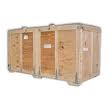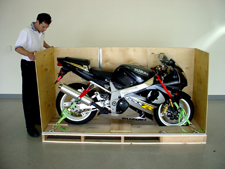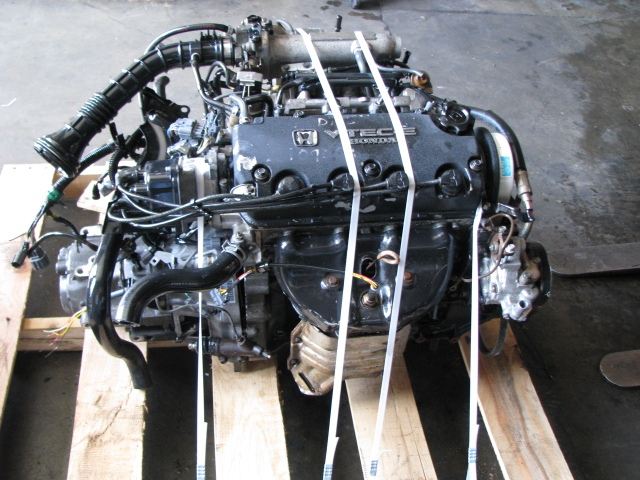Packaging LTL freight is very important; it keeps your freight safe and some carriers won’t even pick up freight that is not properly packaged. Often, carriers will not pick up loose items because the freight is at greater risk of damage and it cannot be packed on a trailer efficiently.
When to palletize LTL freight:
Standard pallets are 48 inches by 40 inches but pallets can be a variety of sizes. All palletized freight should be banded or shrink wrapped securely to the pallet. It is too risky for a freight carrier to load and unload your shipment if it is not secure on the pallet; it might fall off and break or injure the driver.
Here are some pallet-ing pointers:
- Your freight should not exceed the size of your pallet.
- No box flaps tops or ends should be on the sides of the stack. Boxes are strongest on the solid corrugated sides, so that should be the outer edge.
- Evenly distribute the weight of your shipment across the pallet. This can be tough sometimes, but the more evenly distributed the easier it will be to move on and off a truck.
- Do not use pallets that are old or breaking, especially for heavy moves. You can easily replace a broken board on a pallet; this is worth the time and effort to keep your freight safe.

This is a standard sized pallet
When to crate LTL freight:
It is best to crate anything fragile. However some freight is required to be crated; motorcycles, ATVs, furniture, gym and medical equipment are a few examples. It is important that crated freight is packaged securely within the crate. LTL freight is transferred at least twice and it is important that your freight stays secure as it is being moved.

Example of a crate

This is how a motorcycle should be crated and secured.
When to use a drum:
A drum should be used when shipping liquids. It is important to use the appropriate drum for the liquid you are shipping. A sturdy drum with no leaks is necessary, carriers will not ship leaky drums the leaks may be hazardous to the other freight or the driver. If you are considering shipping a hazardous materials, you will need to make sure they comply with FMCSA regulations.

Example of a freight drum
If you have any questions about how to package your LTL freight, please give us a call and we would be happy to assist you.





